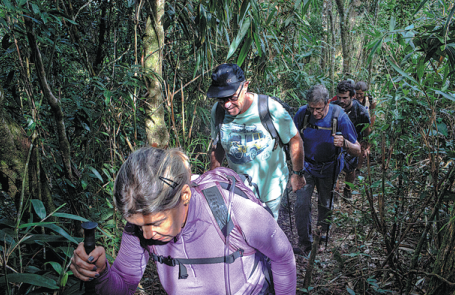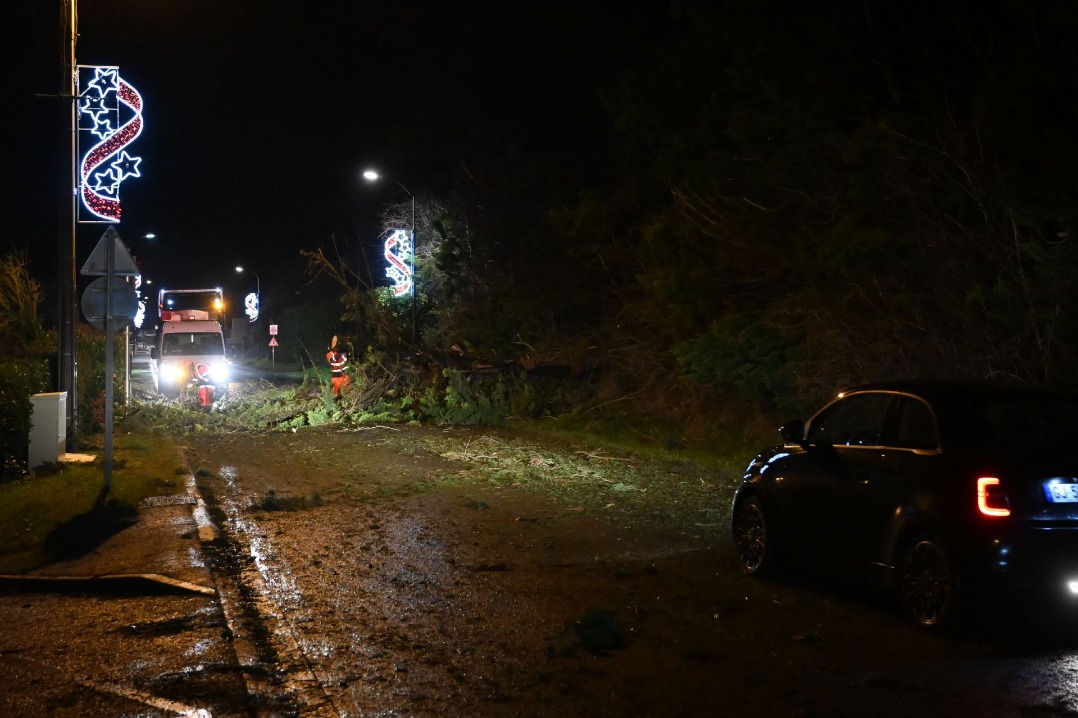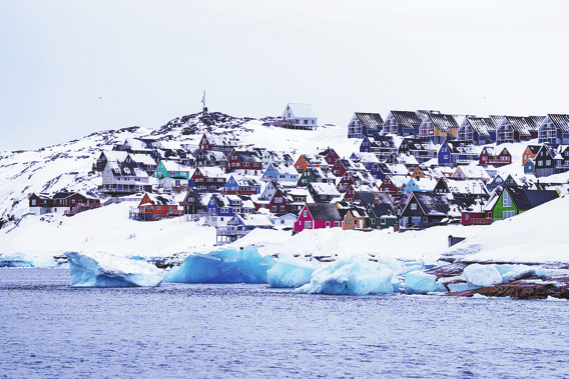Trans-Brazil trail raises hopes for Atlantic Forest


RIO DE JANEIRO - Luiz Pedreira walks with other hikers beneath the Atlantic Forest's thick canopy in Brazil, where an 8,000-kilometer trail stretching the full length of the country is being opened up.
He says he hopes that the creation of the trail, one of the world's longest, will raise awareness about the fragility of the forest - long devastated by loggers and farmers.
"If you don't know something, you don't value it," says Pedreira.
Inspired by long-distance tracks such as Canada's 24,000-kilometer Great Trail, the project will connect paths from the southern town of Chui on Brazil's border with Uruguay, to Oiapoque on its northern frontier with French Guiana.
The result will be a continuous coastal corridor for humans and animals.
Work is already under way on the trail, which has the backing of Brazil's environment and tourism ministries, but it could take years to complete.
"It allows people to connect to the forest," Pedreira says.
Ranked as the second most diverse ecosystem on the planet after the Amazon, the Atlantic Forest - or Mata Atlantica in Portuguese - is teeming with thousands of plant and animal species.
When the Portuguese first arrived in Brazil in the early 16th century, the forest covered more than 1.3 million square kilometers, an area roughly twice the size of France.
Since then, however, nearly 90 percent of it has disappeared - destroyed over centuries to make way for coffee plantations, sugar cane fields, mining, cattle grazing or cities.
While the rate of deforestation has slowed in recent years, according to SOS Mata Atlantica Foundation, there are fears that newly elected President Jair Bolsonaro's anti-environment rhetoric will reverse that trend.
Deforestation in the Amazon rainforest, seen as crucial to keeping climate change in check, soared 278 percent year-on-year in July, according to the National Institute for Space Research.
But history shows the forest can be revived.
Much of the Atlantic Forest was felled for coffee plantations in the 19th century, says Horacio Ragucci, president of the Brazilian Excursionist Center, as he leads a group along a dirt path made by slaves.
A water crisis forced then Brazilian emperor Dom Pedro II to seize the land and reforest it, creating what is today Tijuca National Park.
Ragucci says the number of people visiting the forest has increased over the past 10 years, many motivated to find a scenic spot to snap a selfie.
"Today, groups meet on Facebook and gather 50 people to do a trail," Ragucci says.
Brazil's authorities hope the long-distance track will draw more foreign travelers to the country and generate much-needed revenue and jobs.
"While the United States receives 307 million visitors to its parks every year, earning $17 billion, Brazil receives just over 10 million visitors and makes 2 billion reais ($500 million)," former tourism minister Vinicius Lummertz has lamented.
"This data makes no sense - we need to take action."
The trajectory of the trail is still being finalized, as authorities try to persuade private landholders in the forest to allow hikers, runners and mountain bikers to pass through their properties.
"If I could do it every week, I would," says Andreza Albuquerque, as she and a group of hikers take a break during their walk, their sweaty backs to the trees as they gaze over the sprawling city and Atlantic Ocean below.
"When Monday comes around, you start work with a totally different energy."
Agence France-Presse

































